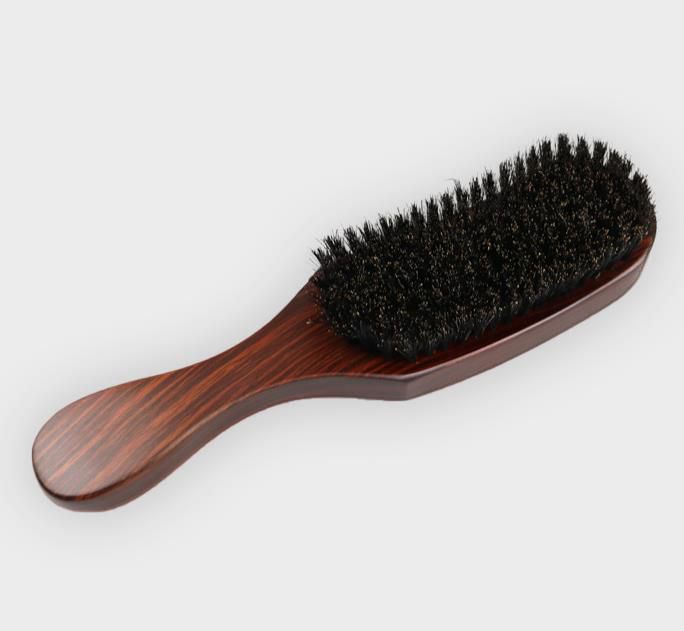Industry news
Shaving Brush Filament R&D: Investing in the Next Generation of Products
- 731 Views
- 2025-07-19 02:31:35
Shaving Brush Filament R&D: Investing in the Next Generation of Products
The global shaving industry is experiencing a quiet revolution, driven by evolving consumer demands for both luxury experience and sustainable practices. At the heart of this transformation lies an often-overlooked component: the shaving brush filament. As traditional shaving rituals make a comeback, manufacturers are doubling down on research and development (R&D) to reimagine brush filaments, turning them into a cornerstone of product innovation.
For decades, shaving brush filaments have relied on two primary materials: natural animal hair (such as badger or boar) and synthetic nylon. While natural hair offers superior water retention and softness, it faces mounting ethical and regulatory challenges—consumers increasingly reject animal-derived products, and supply chains struggle with sustainability. Synthetic nylon, though accessible and durable, often falls short in mimicking the tactile feel of natural hair, leading to subpar lathering and skin irritation for sensitive users. These limitations have made filament R&D not just a competitive advantage, but a necessity.
Today’s R&D efforts are focused on three critical pillars: material innovation, performance optimization, and environmental sustainability.

Material innovation is breaking new ground. Biobased polymers, derived from renewable resources like corn starch or sugarcane, are emerging as game-changers. Unlike petroleum-based nylon, these materials reduce carbon footprints and offer biodegradability without compromising strength. For example, blends of polylactic acid (PLA) and plant-based cellulose fibers are being tested to enhance flexibility, a key trait for mimicking the "springiness" of natural hair. Meanwhile, nanotechnology is elevating synthetic filaments: silica-based coatings improve water absorption by 20-30% compared to standard nylon, while silver-ion infusions add antimicrobial properties, addressing concerns about bacterial growth in damp brushes.
Performance optimization is equally vital. Engineers are rethinking filament structure, moving beyond uniform thickness to tapered or hollow-core designs. Tapered tips, crafted via precision extrusion, reduce friction against the skin, while hollow cores trap more water, improving lather generation. Rigorous testing—including thousands of cycles of bristle flexing to simulate years of use—ensures durability. Early data from leading manufacturers shows these engineered filaments can match or exceed the lifespan of natural badger hair, historically the gold standard for longevity.
Sustainability, however, is the driving force behind R&D investments. Brands are not only focusing on end-of-life biodegradability but also on circular production. Closed-loop recycling systems now capture and repurpose manufacturing waste, while renewable energy-powered factories cut emissions. A recent industry report notes that 68% of premium shaving brands cite "sustainable filament development" as a top R&D priority, aligning with consumer surveys where 72% of buyers are willing to pay a premium for eco-friendly grooming tools.
The impact of this R&D is already visible. Pilot lines of biobased, nanocoated filaments are entering the market, receiving positive feedback for their lathering ability and softness. One manufacturer’s tests with barbershops reported a 40% reduction in client complaints about skin irritation compared to nylon brushes. Looking ahead, the next frontier includes "smart filaments"—integrating temperature-responsive materials that adjust softness based on water temperature, or customizable bristle densities tailored to different beard types.
In an industry where tradition meets modernity, shaving brush filament R&D is more than technical tweaking; it’s about redefining what a shaving brush can be. By investing in next-generation filaments, manufacturers are not only meeting today’s demands for ethics and sustainability but also shaping the future of grooming—one bristle at a time.











